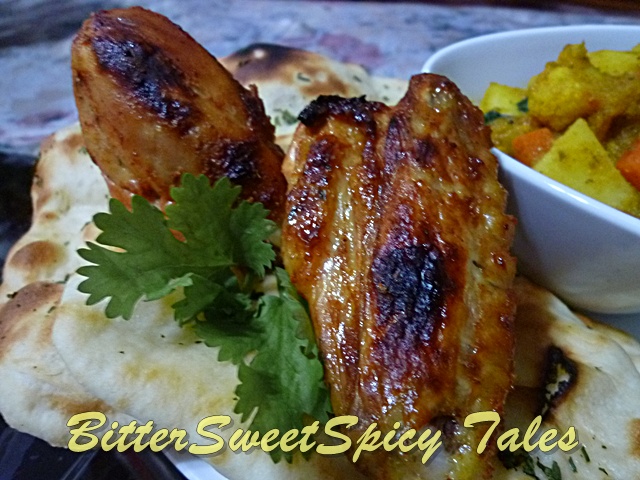I made Talam Suji last Saturday. Love eating Talam Suji but made it only once before. Recently, when I saw it on Yatie's Sinar Kehidupanku, I was tempted to make it once again. This recipe was shared by Bdaria from Jurnal resepi bdaria. which she got from a class conducted by the famous Malaysian Chef Asmah.
Unfortunately, as you can see, my Talam Suji does not look as tempting as the ones made by Yatie & Bdaria. Mind is rather pale. When I added yellow colouring to the bottom mixture, I thought it looked bright enough but when it's cooked, it looked pale. Then, I wanted to add brown colouring for the top layer but when I tried to pour the colouring, I realized it had hardened!
This kuih is quite easy to cut as it is not too soft. It's not hard either. The sweetness level is just nice.... I like it. However, I find the kuih not rich enough. So, the next time I make this & if I'm using fresh coconut milk, I need to increase it & adjust the water level accordingly. One more thing, I used the Prima brand of semolina. I realize it is too fine. As a result, the bottom level of the kuih lacks the granular texture. Apparently, there are other brands that carry coarser semolina......so I need to bear that in mind.
Talam Suji
( makes 10 x 10 x 2 or 3 inch pan)
Bottom layer
A
180g semolina
450g water
B
220g castor sugar
2 eggs
200ml coconut milk (Bdariah used M&S coconut milk in a box, I used fresh coconut milk.)
250ml water
yellow colouring (I used egg yellow.)
1/2 tsp salt (I added.)
Method:
- Soak A for 30 minutes in a pot.
- Combine B in a bowl. Mix well & strain into the pot that contains A.
- Heat the mixture over medium fire, stirring continuously using a wooden spoon until it thickens slightly.
- Grease pan with cooking oil & layer with plastic so that it's easy to remove kuih from pan.
- Pour mixture into pan & steam for 25 minutes.
A
300 gula merah (I used gula melaka.)
50g castor sugar
500ml water
2 pandan leaves (I added.)
B
150 plain flour
3 whole eggs
250ml coconut milk
1/2 tsp salt
Method:
- Combine A & soak or boil until sugar dissolves (I boiled it & left to cool.)
- Combine B & mix thoroughly.
- Combine A & B, mix untill well blend. Then strain into a pot.
- Heat the mixture over medium fire, stirring continuously using a wooden spoon until it thickens slightly. Turn off fire & whisk mixture thoroughly using a hand whisk.
- Pour onto the bottom layer & steam for 30 minutes.
- Once cooked, remove pan from steamer & leave to cool completely before cutting kuih using a plastic knife.































